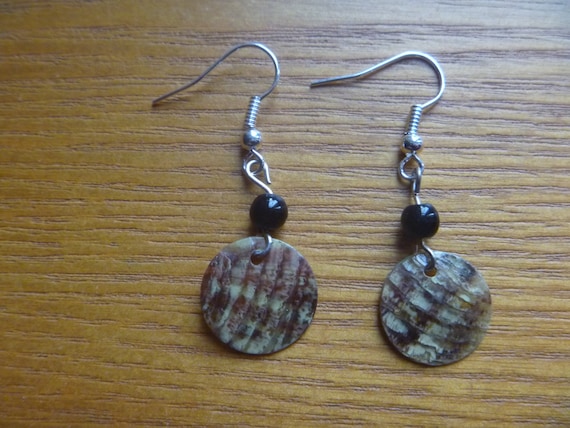As many of you know, I recently set up a second shop on
Etsy.
Crafty Green Magpie sells all sorts of things that I have found along the way, vintage items and craft supplies and I'll eventually be adding sea pottery and sea glass in there too! This means that my original Etsy shop
Crafty Green Poet can now just focus on selling handmade items, mostly
chopstick bags and
jewellery.
One of the aspects of Etsy that I really like is the Treasury feature, where you can put together a collection of 16 items from across Etsy, usually based on a theme or a colour (or often both). This can be an engrossing and enjoyable task, but after my first enthusiasm for creating treasuries, I began to wonder whether they were actually worth the time spent on choosing the items to include.
Having opened Crafty Green Magpie though, I've rediscovered my love of making treasuries! For anyone selling supplies on Etsy, a Treasury is a great marketing tool if you put together collections of items made using some of the supplies you sell! The people whose items you feature become aware of the fact that you sell some of the supplies they use, but in a more general sense, people just browsing through treasuries may think
"oh, all these wonderful crafts featuring buttons, I want to do some button art myself, oh look, the curator of this treasury sells buttons!"
As well as the
blue button craft treasury I had great fun putting together this
red dinosaur treasury (there is after all a dinosaur in the Crafty Green Magpie shop!)
In addition to the marketing a treasury can directly do for a supplies shop on Etsy, it's also good for generally making yourself known in the marketplace and is a great way to support other crafters. The two treasuries mentioned in this post are both made up entirely of articles made in the UK, as a way of promoting UK crafters in a marketplace which can often seen dominated by US sellers.
I'm looking forward to making more treasuries - my ideas so far include treasuries featuring: upcycled jewellery, crafts using IT circuit-boards, crafts using bottle tops and assemblage crafts using found items.
***
Meanwhile, one of the pairs of
earrings in the Crafty Green Poet Etsy shop has been included in this
green themed Treasury, thanks to Tabs, from the
RosyRetro Shop.

